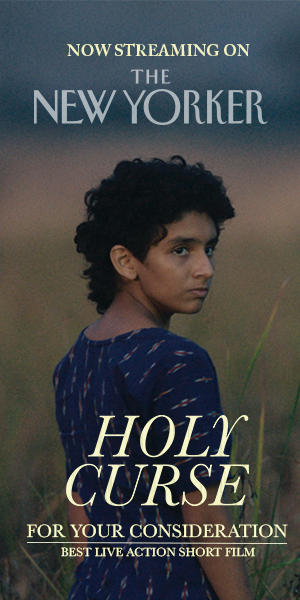On ‘Moonlight’ and Using Multiple Actors to Play the Same Character
Aside from the location of the nearest bathroom, pretty much the first thing anyone teaches you in film school is that movies are a visual medium. But that can mean a lot of things. That cinema can provide an immersive sensory experience. That part of the filmmaker’s job is to create memorable images. And that, in most cases, the filmmakers are supposed to convey information about story and characters though movement, juxtaposition and tableaux.
Movies are all about what we can see. Sets. Costumes. Exotic locations. But probably the most important thing we actually see in the movies is people. And in a fictional narrative, the actors that a director chooses to portray those people can tell us a lot about what he or she is trying to say.
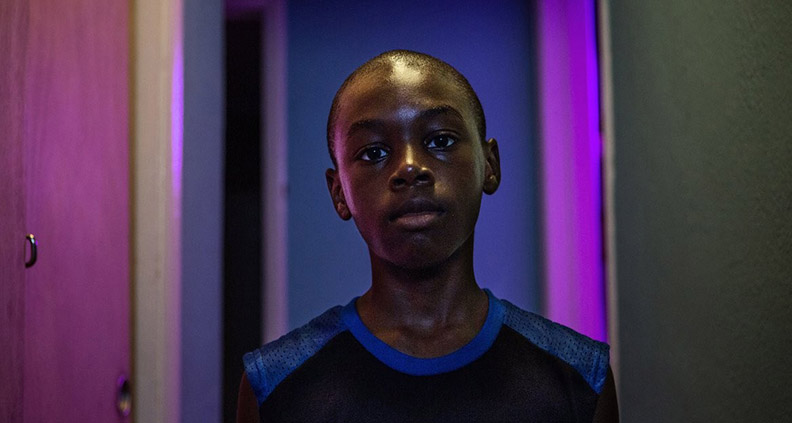
Which leads me to Barry Jenkins’ Moonlight, which is currently nominated for whopping four Film Independent Spirit Awards including Best Feature, Screenplay, Cinematography and Editing (as well as the Robert Altman Award for ensemble cast, which it’s already claimed). Jenkins’ intimate drama about one young African American boy’s troubled childhood and eventual tentative recognition of his own identity has widely praised—but it’s not your typical urban drama or coming-of-age movie.
Part of what makes Moonlight so unconventional is its structure. Jenkins divides the story into three distinct chapters, charting the life of taciturn protagonist Chiron at three critical junctures: childhood, adolescence and early adulthood. In each segment of the triptych, a different actor plays Chiron; as a boy by Alex Hibbert, as a teenager by Ashton Sanders and as an adult by Trevante Rhodes—and it’s the casting, of these three unique actors to play the same person, that fascinates me.
Of course, using variably aged performers to play the same character is nothing new. But usually the goal in these types of scenarios is to hire a young performer who can convincingly mimic the appearance and superficial physical tics of the older, more established star playing the adult version of the character (or sometimes vice-versa). But what makes Moonlight so interesting is just how dissimilar Hibbert, Sanders and Rhodes all seem to be—at least to me.
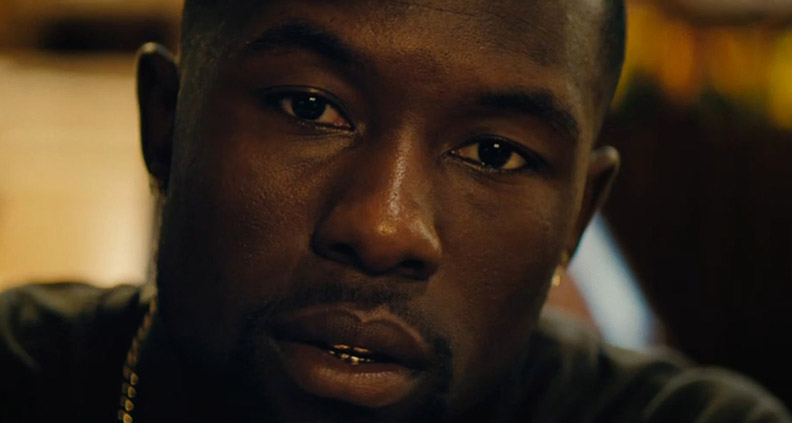
Throughout the film’s three chapters, the performances of the three leads are only barely recognizable as being the same person (though there’s plenty that links them too)—but I don’t think this is a mistake on Jenkins’ part. In fact, it seems to be a purposeful and effective part of the film’s overall texture; an example of a talented filmmaker using his tools to visually express a key aspect of Chiron’s personality. Namely, that this (Chiron) is a person who doesn’t really recognize himself, and probably never has.
Watching Moonlight and thinking about this, I was put in mind of two other (vastly different) movies that, in more blatant ways, also use the conceit of having multiple actors portray the same character:
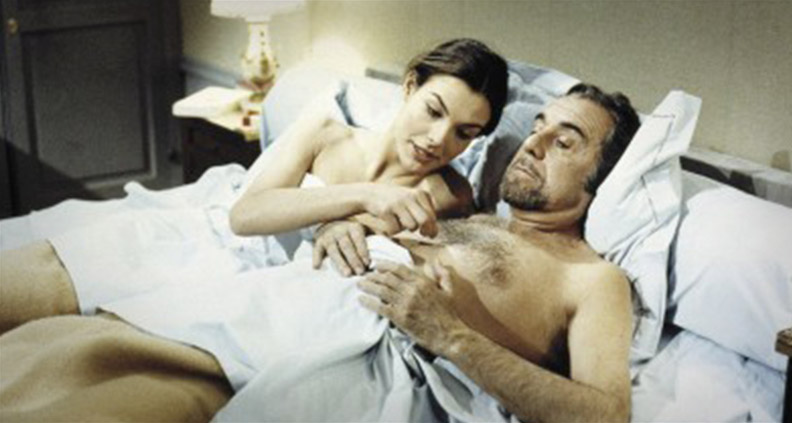
The first, Luis Buñuel’s surreal 1977 domestic comedy That Obscure Object of Desire, tells the story of the stormy relationship between on older man (Fernando Rey) and a young flamenco dancer, played with disorienting interchangeability by both Carole Bouquet and Angela Molina. Throughout the film, Conchita, the dancer, appears in scenes played by one actress or the other, seemingly at random. And none of the other characters—especially not Rey’s—seems to notice. Here, the use of multiple actors is satirical. Rey’s misogynistic sugar daddy cares so little for Conchita as a human being that he doesn’t even realize when she’s literally become a different person.
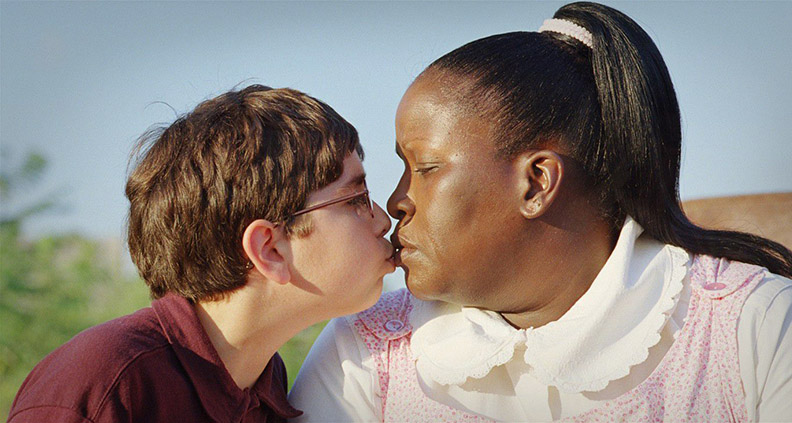
The other film I though of in this vein is Todd Solondz’s despairing 2004 blacker-than-black “comedy” Palindromes, which uses eight different actors (including a young boy) to play a single 12-year-old girl, who, after getting pregnant and having an abortion, is batted around as a pawn by various political groups and religious zealots. The use of multiple performers is a comment on the need by these competing interests to project their own agenda onto Aviva, the film’s doomed adolescent protagonist.
Like That Obscure Object of Desire, the experimental casting of Palindromes is an expressionistic depiction of external pressures becoming physically manifest in the form of the person being scrutinized. The pressure Chiron faces in Moonlight is more internal than external, but he similarly disregards his own needs and identity in ways that place him very much in league with Conchita and Aviva.
Part of what Moonlight is about is just how little room left for introspection when more primal needs like food, shelter and basic safety aren’t met. But ultimately, Moonlight is ultimately a hopeful movie. We leave Chiron in a better place than we found him. Maybe we’ll recognize him next time.
The 32nd annual Film Independent Spirit Awards will take place on the beach in Santa Monica Saturday, February 25 and will air exclusively on IFC at 2:00pm PT / 5:00pm ET.
Subscribe to our YouTube channel for more Spirit Awards coverage, and follow us on Twitter, Facebook and Instagram for all the latest updates.

